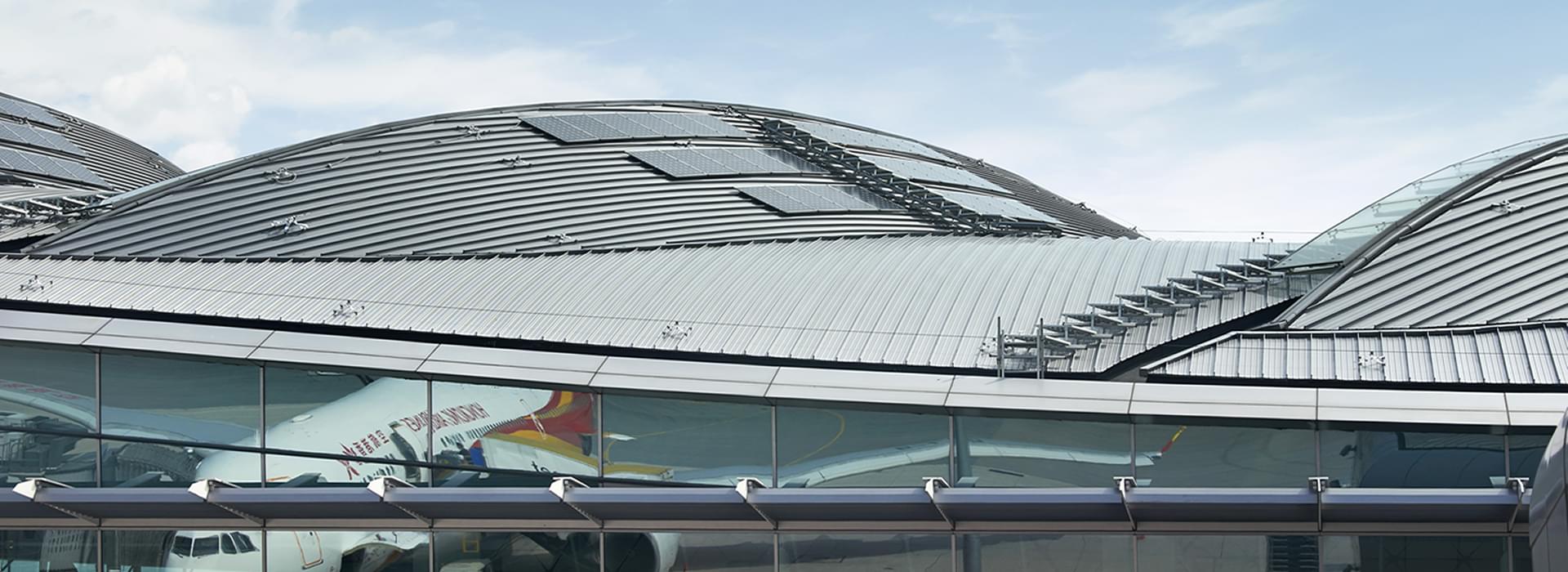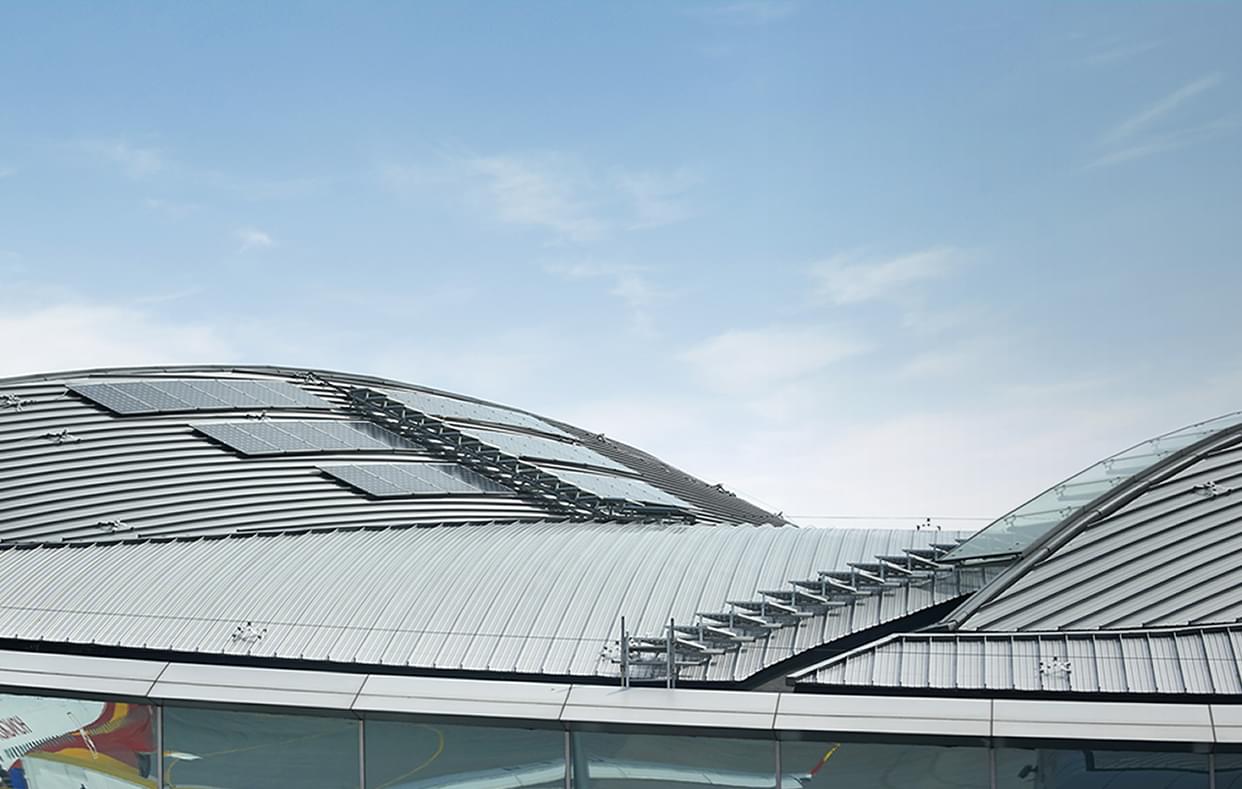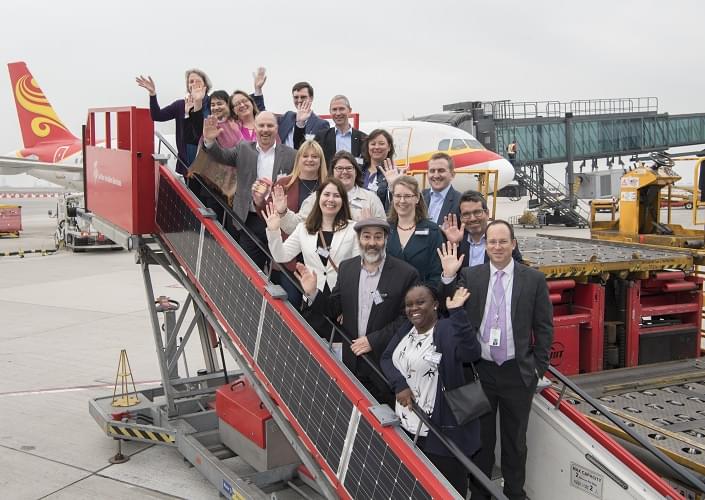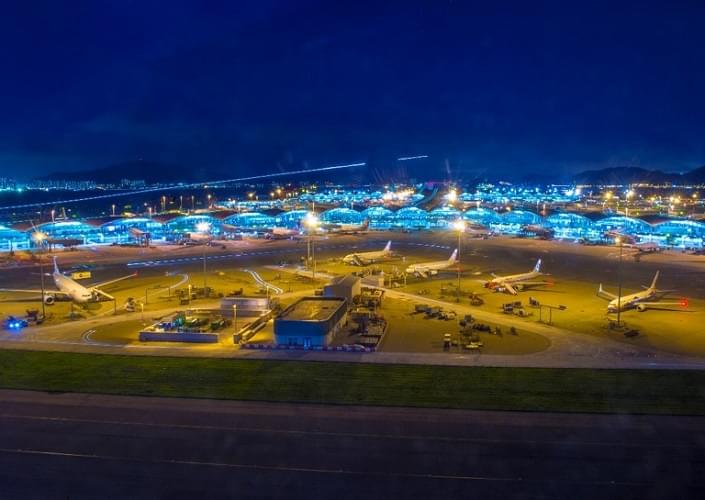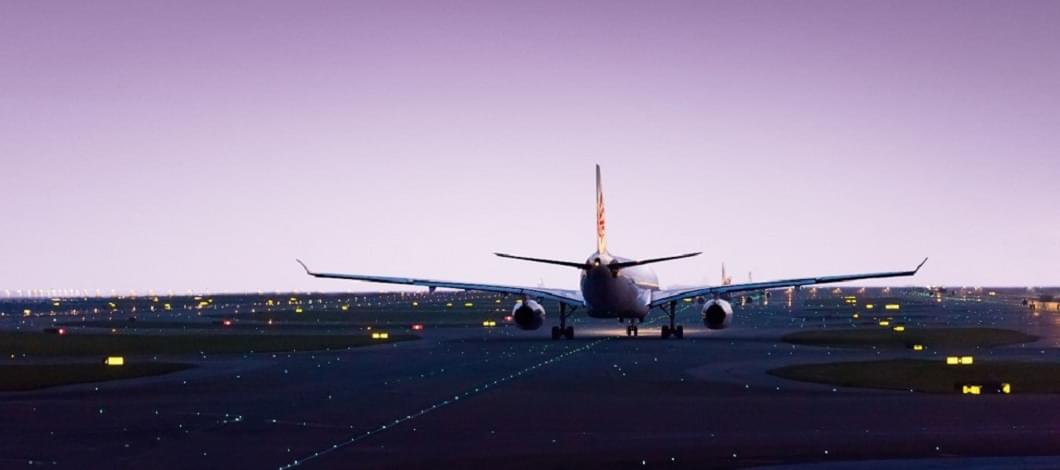Each aircraft type is given a QC classification based on aircraft noise data in the U.S. Federal Aviation Administration (FAA)’s Integrated Noise Model. The smaller the QC value, the quieter the aircraft. For example, Boeing’s 747-400 is classified as QC/2 on landing and QC/4 on take-off, while the newer 787 is rated QC/0.25 on landing and QC/0.5 on take-off.
|
Aircraft noise level (in Effective Perceived Noise in decibels (EPNdB)) |
Quota Count |
|---|---|
| 84 – 86.9 | QC/0.25 |
| 87 – 89.9 | QC/0.5 |
| 90 – 92.9 | QC/1 |
| 93 – 95.9 | QC/2 |
| 96 – 98.9 | QC/4 |
| 99 – 101.9 | QC/8 |
| > 101.9 | QC/16 |
The Scheme sets an annual QC limit for the night period (between 2200-0659 Local Time) for each airline every year. While airlines are not allowed to exceed their annual QC limit, they have the flexibility to adjust their aircraft mix, including the deployment of quieter aircraft, in order to meet their operational needs and the traffic demand.
QC Schemes have been successfully adopted at European airports such as London Heathrow Airport and Brussels Airport.

